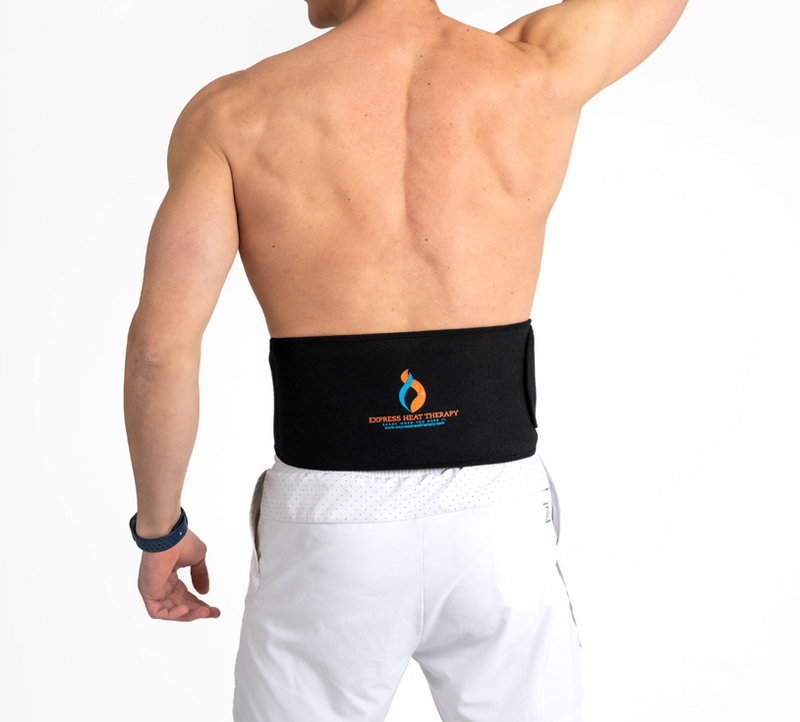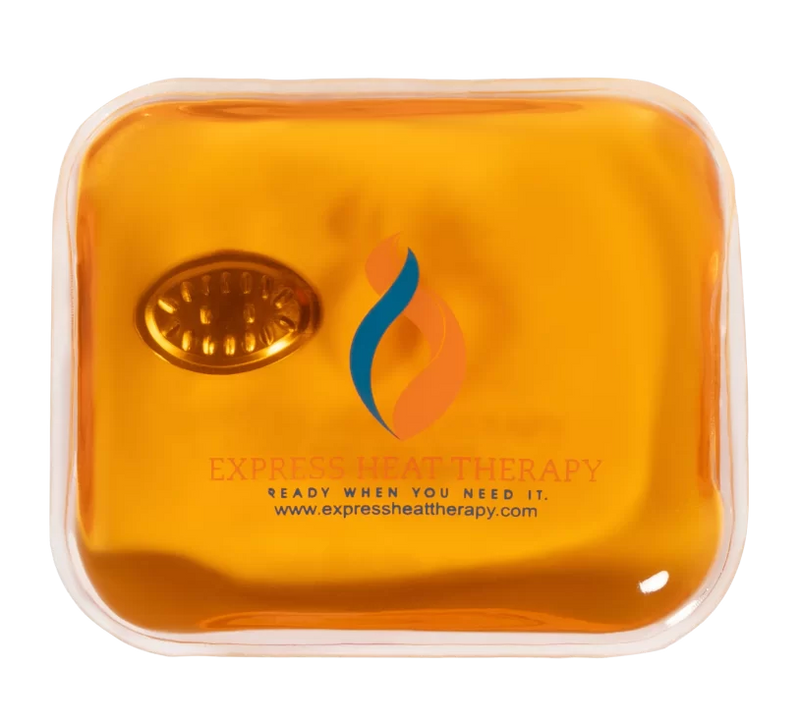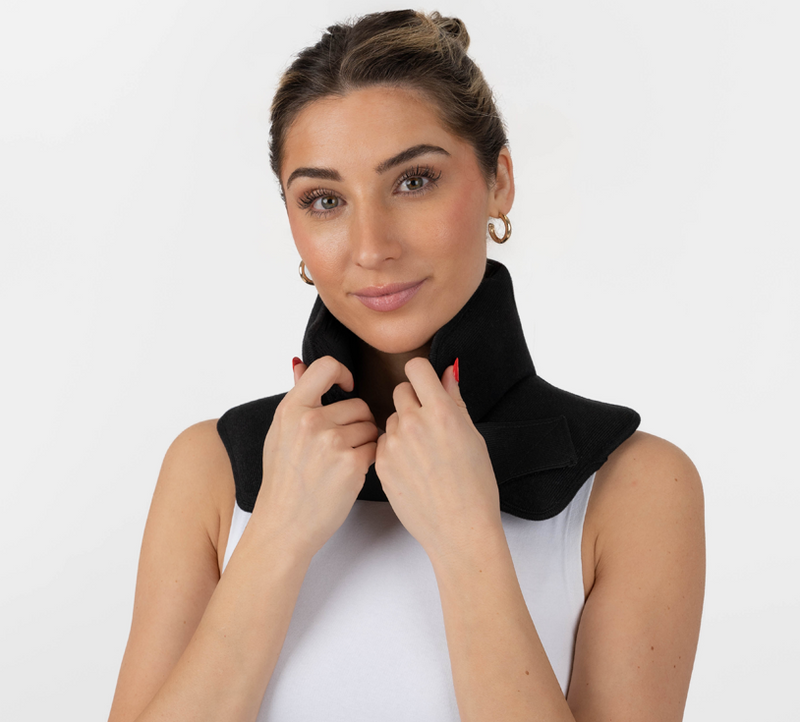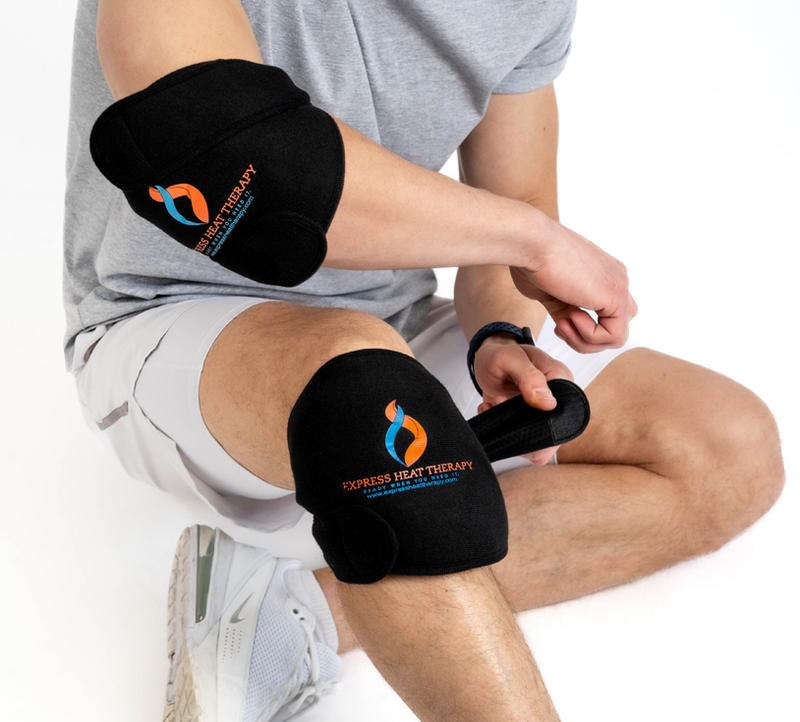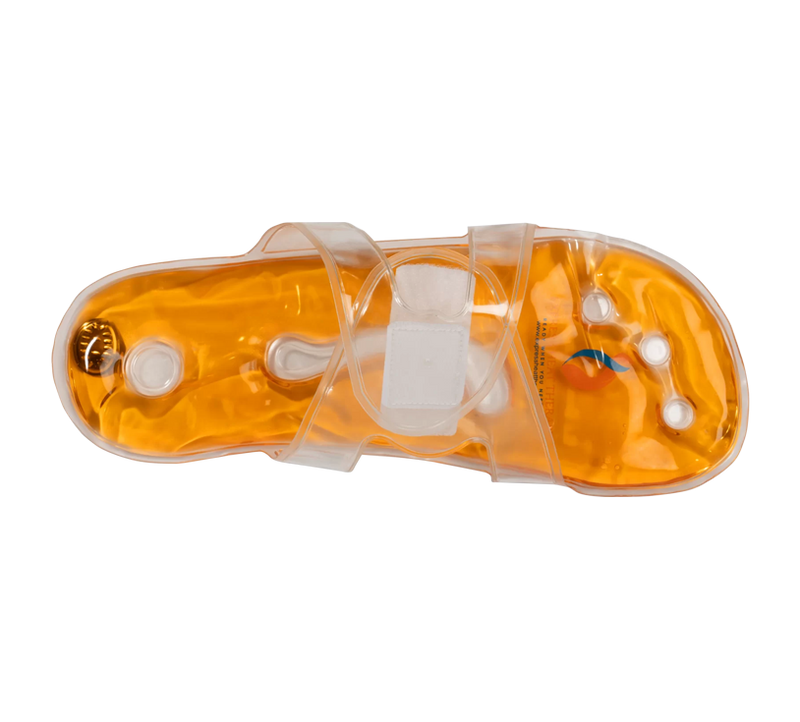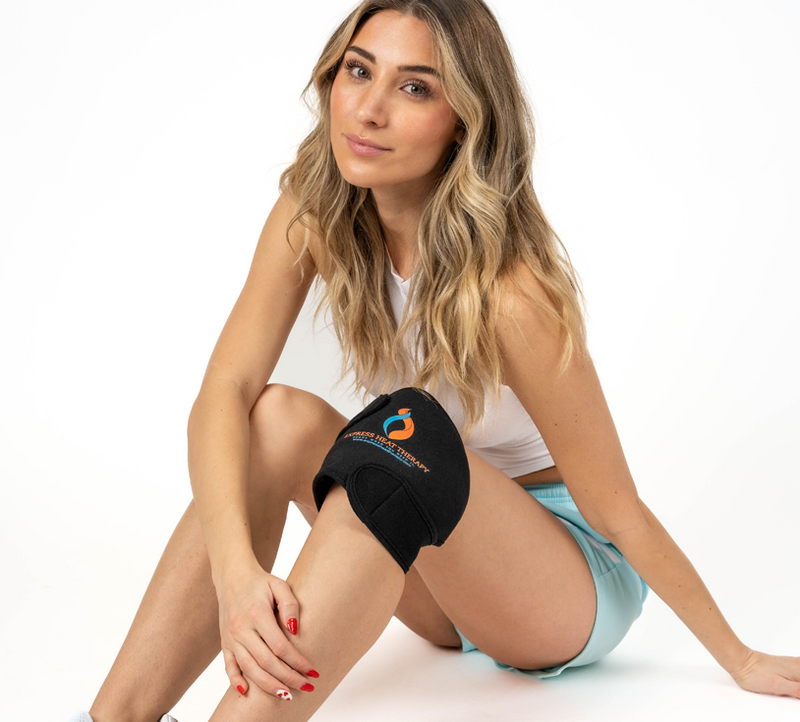Anyone who lives with arthritis will agree that dealing with daily discomfort can make even simple movements, like opening a jar or getting dressed, feel very difficult.
While there isn’t a cure, there are many ways to manage the pain and stiffness that come with the condition. One of the safest and most effective options for arthritis is heat therapy.
Why? Because warmth has a huge effect on the body. It improves blood flow, loosens tight muscles, and reduces joint stiffness, helping you move more comfortably throughout the day.
But to use heat therapy correctly and safely, you have to understand how it works, when to apply it, and how to combine it with other treatments for the best results.
So, if you’ve ever wondered “is heat therapy good for arthritis?” or how to use it safely, this guide covers everything you need to know, including when to combine heat with cold therapy for better results.
Let’s get right in.
How Does Heat Therapy Help Arthritis?

The warmth from a heating pad, a warm towel, or a bath can relax your muscles and increase circulation around your painful joints.
When more oxygen-rich blood flows to the area, it nourishes the tissues, flushes out waste products, and eases stiffness.
Here’s what happens when you apply heat to an arthritic joint:
-
Heat dilates blood vessels, bringing more oxygen and nutrients to sore joints
-
The warmth reduces spasms and tension in muscles that tighten around painful joints
-
As muscles and connective tissues loosen, movement becomes easier and less painful
In very simple terms, heat therapy for arthritis encourages healing, calms inflammation, and restores flexibility, without medication.
Is Heat Therapy Good for Arthritis?

Yes.
For many types of arthritis (osteoarthritis, rheumatoid arthritis) and chronic joint pain from overuse, we recommend using heat therapy for natural, consistent relief.
It’s particularly effective for chronic pain and stiffness that develops gradually, rather than sudden swelling or inflammation. Many people find that a few minutes of warmth in the morning can help loosen their stiff joints, while an evening session can soothe their pain before bedtime.
For example, heat therapy for arthritic hands can improve flexibility and dexterity, making it easier for you to perform daily tasks. Similarly, you can apply a heating pad to your knees, shoulders, or back to reduce stiffness and improve your movement.
Heat and Cold Therapy for Arthritis
While heat therapy works wonders for stiffness and chronic pain, cold therapy is also important, especially during flare-ups. The two complement each other when used at the right time.
Cold therapy helps reduce active inflammation by constricting blood vessels and limiting fluid buildup in the joints. It’s ideal for swelling, redness, or warmth that suddenly appears after overuse or strain.
Once the inflammation subsides, heat therapy takes over to relax and restore. Heat encourages flexibility, promotes muscle relaxation, and helps your joints move freely again.
So, is heat and cold therapy good for arthritis? Well, yes, it is, when used in combination.
Here’s a simple rule to follow:
-
Use ice packs during active inflammation or swelling to calm things down
-
Once the swelling improves, apply gentle warmth to restore comfort and flexibility
For example, after a long walk, you might start with a cold pack on sore knees, then switch to a heating pad for arthritis later in the evening to loosen them up again. This balance helps manage both pain and mobility in the long term.
How to Combine Heat Therapy with Other Treatments

Heat therapy is most effective when you use it as part of a holistic arthritis care plan. You can combine it with medical treatments and daily wellness habits to achieve better results.
Here’s how you can improve your routine:
-
Use low-impact activities like yoga, stretching, or swimming to help maintain your flexibility. So apply heat before exercise to warm up your joints and prevent stiffness
-
You should combine massage with heat to further stimulate blood flow and relax surrounding muscles
-
Many people use heat together with anti-inflammatory creams or medications recommended by their doctor
-
Use warm baths by soaking yourself in warm water infused with Epsom salt to help reduce tension and calm your sore muscles after a long day
If you prefer a reusable, eco-friendly solution, use Express Heat Therapy’s heating pads. These heating pads offer consistent warmth that’s easy to apply anywhere, at home, at work, or even while travelling.
Safety Precautions and Temperature Guidelines
Although heat therapy is generally safe, you should follow proper temperature guidelines to ensure it remains practical and comfortable. Here are some important safety precautions to keep in mind:
-
The warmth should be soothing, not hot. This is because high temperatures can burn your skin or worsen inflammation
-
Keep each session between 15–20 minutes, and give your skin time to cool before reapplying
-
Always place a cloth or fabric layer between your skin and the heat source
-
Extended heat exposure can irritate the skin or cause dehydration in tissues
-
If you have diabetes, poor circulation, or reduced sensation in the area, talk to your doctor before using heat therapy regularly
These steps can make heat therapy a safe and effective part of your arthritis care plan.
Wrapping Up

Arthritis can indeed make everyday life more challenging, but heat therapy for arthritis provides you with a safe, natural, and deeply soothing way to manage pain and stiffness. It improves blood flow, eases muscle tension, and reduces joint stiffness, helping you move with more ease and confidence.
If you’re dealing with arthritic pain in your hands, knees, or back, using heat regularly can provide consistent relief. Remember that cold therapy can help during flare-ups, while heat therapy is best for long-term comfort and mobility. When you use them together, they create a balanced approach to naturally managing arthritis symptoms.
If you’re looking for convenient, reusable heat at home or on the go, use Express Heat Therapy’s heating pads. They’re designed for safe, targeted warmth whenever you need it most. It’s one of the simplest ways to stay active, comfortable, and in control of your pain, naturally.
FAQs
-
Is heat therapy safe for arthritis?
Yes, it’s safe for most people. Just be sure to follow proper temperature and time limits to avoid skin irritation or burns.
-
How long should you use a heating pad for arthritis?
For express heat therapy, you can use it for up to an hour. You can repeat the process several times a day as needed, but let your skin rest between uses.
-
What are the risks of using heat for arthritis?
If the heat source is too hot or applied for too long, it may cause redness, irritation, or minor burns. Always test the temperature before using and avoid direct contact with bare skin.
-
Does arthritis pain ever go away?
While arthritis itself doesn’t go away, the pain can be managed effectively. Regular use of heat therapy for arthritis, combined with exercise, rest, and healthy habits, can reduce discomfort and improve quality of life.
-
What do most doctors prescribe for arthritis pain?
Doctors often recommend a mix of approaches: anti-inflammatory medications, physiotherapy, lifestyle changes, and non-drug options like heat therapy or heat and cold therapy for arthritis to maintain flexibility and control pain.

